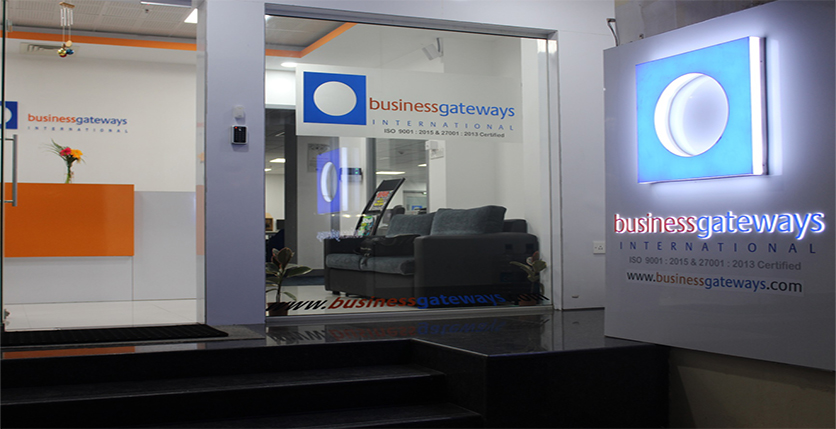Several businesses are now embracing Business Intelligence tools to improve their performance, but many are unaware of the BI features that can assist them in achieving their goals.
Throughout the last few years, Business intelligence (BI) has enabled organisations to efficiently collect, analyse, and present data in order to obtain actionable insights that can boost their performance and help them grow sustainably. With the BI industry booming over the last decade, there is a plethora of new solutions with varying features, and the industry has seen exponential growth. According to market estimates, it could reach $33.3 billion by 2025. There is also speculation that by 2023, more than 30% of large businesses will have adopted BI. With the pandemic persisting, there is a greater need for BI solutions that improve business performance by facilitating teamwork or collaboration. Now that it is impossible to deny the numerous advantages, many businesses are investing in BI tools, but only a few are aware of their many benefits. So, let’s look at some BI features that can help businesses perform better.
Dashboards
Dashboards, contrary to popular belief, are a type of graphical user interface that aids in the viewing of consolidated data. Most BI tools now include visually appealing dashboards that assist entrepreneurs in uncovering and comprehending hidden data. They give them a real-time overview of their business, with data represented in graphs, charts, gauges, and so on. Dashboards allow businesses to make more informed and error-free decisions. The best thing about these dashboards is that data can be visualised simply by dragging and dropping. Because there is no need to create things from scratch, these dashboards also save time spent on manual report generation.
Analytics Predictive
Predictive analytics is another feature of a business intelligence tool that has won many fans around the world. It is gaining popularity as a result of its genuine ability to assist businesses in optimising overall operations. Predictive analytics, as the name implies, is used to make predictions about future performance. To do so, it employs mathematical models that aid in the analysis of current and historical data. It thus aids in the discovery of relationships, trends, and various patterns in order to make accurate predictions.
Connectors for Data
Data connectors are one of the least-discussed BI features, but they are critical in data analysis. Data connectors are required to link all of your data sources (internal and external) into a single access point. Remember that it takes time! It is also difficult to manage your data from various sources. Data connectors enable seamless data integration, which eliminates this issue. So, with a BI tool that includes data connectors, businesses can easily connect databases, social media data, CRM data, ERP data, and other sources! Any database changes are reflected in the single point of data access.
One of the most significant challenges that most businesses face when adopting a BI tool is a lack of knowledge about the features of various BI tools that can benefit them in the long run.


















